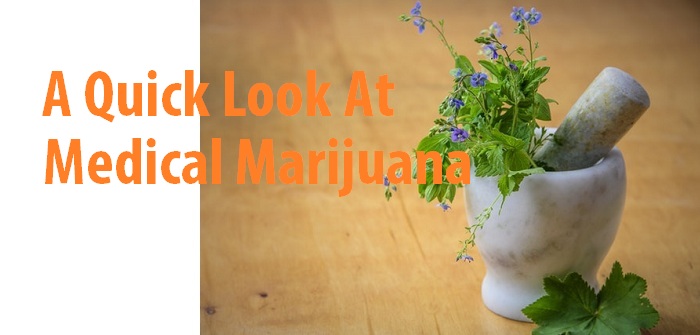One day, a friend suggested trying medical marijuana for pain. At the beginning, Samantha was hesitant because she hadn't used marijuana before and wasn't sure what to expect. Nevertheless, she decided to give it a shot after researching it and speaking with her doctor.
Samantha got a prescription for medical marijuana and started using it every day. Her chronic pain was relieved, she slept better, and she had more energy throughout the day. She was also able to enjoy activities she hadn't been able to do for a while.
Samantha noticed a big improvement in her quality of life after using medical marijuana for a few weeks. Having found a treatment that worked for her, she was happy to live an active, pain-free life."
As the name implies, the term medical marijuana refers to
the use of cannabis or its active compounds, including THC
(tetrahydrocannabinol) and CBD (cannabidiol), to treat medical conditions. In
spite of the fact that cannabis has been used for medicinal purposes for
centuries, the fact that its psychoactive effects have made its use
controversial and limited.
How are medical marijuana and CBD different?
CBD products contain very little to no THC because CBD is a concentrate of the CBD cannabinoid. CBD products don't have THC's psychoactive effects, which makes them different from medical marijuana. However, CBD still has medicinal potential.
Researchers have found that marijuana can be helpful for a
range of medical conditions. It's especially effective at reducing chronic pain
and treating neurological conditions like multiple sclerosis and epilepsy.
Also, it's effective at reducing nausea and vomiting in cancer patients
undergoing chemotherapy, and it can boost appetite in HIV/AIDS patients.
There are still a lot of restrictions on medical marijuana in the United States, despite the potential benefits that it may provide. According to most state laws, medical marijuana can only be used with a prescription from a doctor in order to be legally used. There is also the fact that marijuana is still regarded as a Schedule I controlled substance by the federal government. This means that it is illegal to grow, sell, and possess it. For example, you can only consume cannabis legally in Maryland if you have a Maryland Medical Cannabis Commission (MMCC) ID card. Before seeing a doctor, you can register online at MMCC.
Lack of regulation and standardization is one of the biggest
challenges of medical marijuana. Because marijuana isn't approved by the FDA
for medical use, there's no standard dosing or formulation, so patients don't
always know what they're getting. There's also limited research on marijuana's
long-term effects, so patients and healthcare providers need to weigh the risks
and benefits carefully.
The number of states legalizing marijuana for medicinal
purposes is growing despite these challenges. As of December 2022, 33 states
and the District of Columbia have legalized medical marijuana, and more are
considering it. Patients, healthcare providers, and policymakers should
carefully evaluate the potential benefits and risks of medical marijuana as the
legal landscape changes.
As a result, medical marijuana offers therapeutic benefits
for a number of ailments and conditions. However, its use is still restricted
and regulated, and standardization and long-term effects are unclear. As more
states legalize medical marijuana, it's critical to keep researching its
potential benefits and risks.

No comments:
Post a Comment